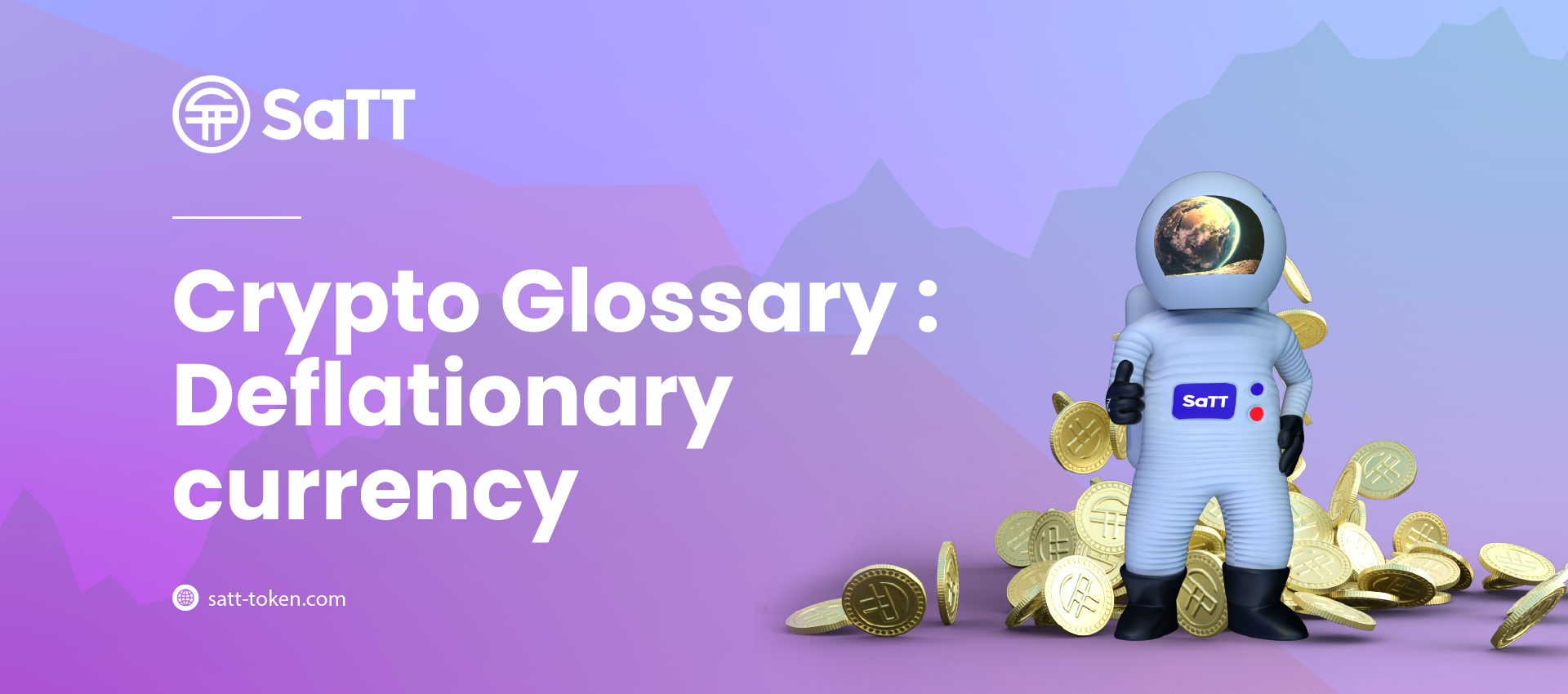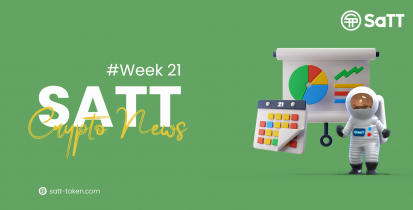
Crypto Glossary : Deflationary currency
A deflationary currency is one in which the supply of coins is decreasing. Simply put, as the number of coins in circulation decreases, the value of each coin increases.
Deflation can be achieved in many ways. It includes burning a part of a newly produced coin, buyback and burn, buyback and hold, and many others.
The value of a dollar or euro falls over time because a central bank can issue new money at any time and has no limit on how much money it can create.
For instance, a loaf of bread in the United States cost $0.09 in 1930, $0.36 in 1970, and $1.98 in 2013. Baking bread has not become more expensive. The dollar is simply less valuable now than it was decades ago.
The value of a fiat currency falls over time as central banks produce more money, making it less scarce. Inflation is defined as an increase in the money supply (and a decline in the purchasing power of the currency).
Today, all major fiat currencies are inflationary, and all economic assumptions are founded on an inflationary paradigm.
There is no central bank creating money and managing monetary policy in the case of Bitcoin. Instead, when it reaches 21 million coins, an algorithm runs out.
Any BTC that is lost after that is permanently removed from circulation, implying that the total supply will decline over time.
As a result, BTC will become more scarce and precious over time.
Table of Contents
Advantages of Deflationary Currency
Users and crypto firms profit from deflationary cryptocurrencies in a variety of ways, including:
- It allows businesses to avoid releasing unsold coins into the market.
Because deflationary cryptocurrencies are unaffected by market volatility, their value will not degrade, and investors in initial coin offerings (ICOs) will be unaffected.
- It increases profit.
If a specific cryptocurrency is used to share a company’s profit, and the company retains a smaller portion of the coins, therefore earning less money, the company may agree to begin buying and holding their coin on other exchanges in order to increase their earnings from the company’s profit.
- It raises the coin’s value.
When a corporation wants to persuade more investors to participate in their coin, they may pledge to purchase it back and burn it to an address with an inaccessible private key using a certain percentage of the profit made. This will happen if all of the coins have been released to the blockchain, rendering the coin inadequate, resulting in increased demand and, consequently, a rise in value.
- It prevents the coins from circulating due to an error in their issuance on the smart contract address.
To save resources, several organizations may choose not to utilize another smart contract address to create a token of the same type. For example, if a corporation accidentally makes 110 million coins instead of 100 million coins, they may create a new address with an inaccessible private key and then burn 10 million coins to prevent them from being dispersed into the economy.
Examples of Deflationary Currency
SafeMoon
SafeMoon is the most well-known deflationary digital currency. It charges a ten percent transaction fee, of which five percent is returned to investors and five percent is burnt.
SafeMoon’s burn wallet holds over 421 trillion dollars, according to BSCScan. The worth of SAFEMOON is $821 million. This constitutes 42.1 percent of the overall supply, with a maximum supply of 1 quadrillion.
Binance
A deflationary burn is also used by Binance‘s BNB coin to remove large sums of BNB from circulation.
Every quarter, Binance buys a part of BNB to burn, with the most recent BNB Burn eliminating 1,296,728 BNB. This will go on until there are just 100,000,000 BNB left.
What about SaTT ?
The entire amount of SaTTs issued at the start was 20 billion; however, only 7.7 billion were burnt by the end of the ICO in September 2020.
Our team has done some research on mechanical deflation. This paradigm, we feel, is a viable future answer for the SaTT token, rendering it more scarce, and perhaps leading to a good SaTT valuation, thereby benefiting our holders.





